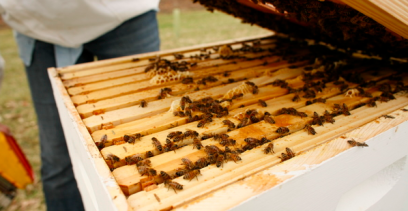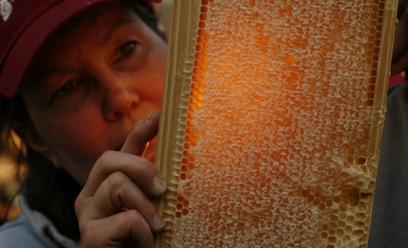The best part about making apple cider is that it is so easy and fun to make. Granted, there is some equipment that is required such as an apple grinder, press, and a vat to hold all of the cider. But the basic process is simple: get a group of friends together, spend a beautiful autumn day picking apples, turn on the tunes while sorting and thoroughly washing the apples, grind them into mush, let the press squeeze out all the juice, give the apple pulp to the neighbors for their dairy cows, then drink the fresh squeezed cider to your hearts delight.










